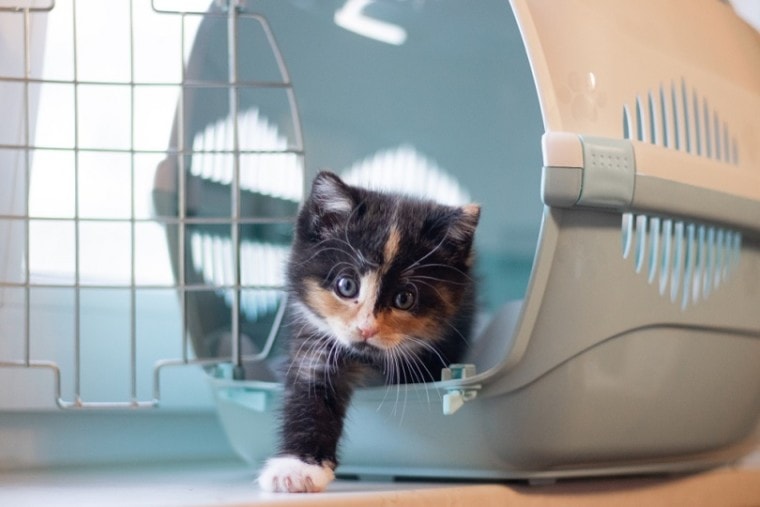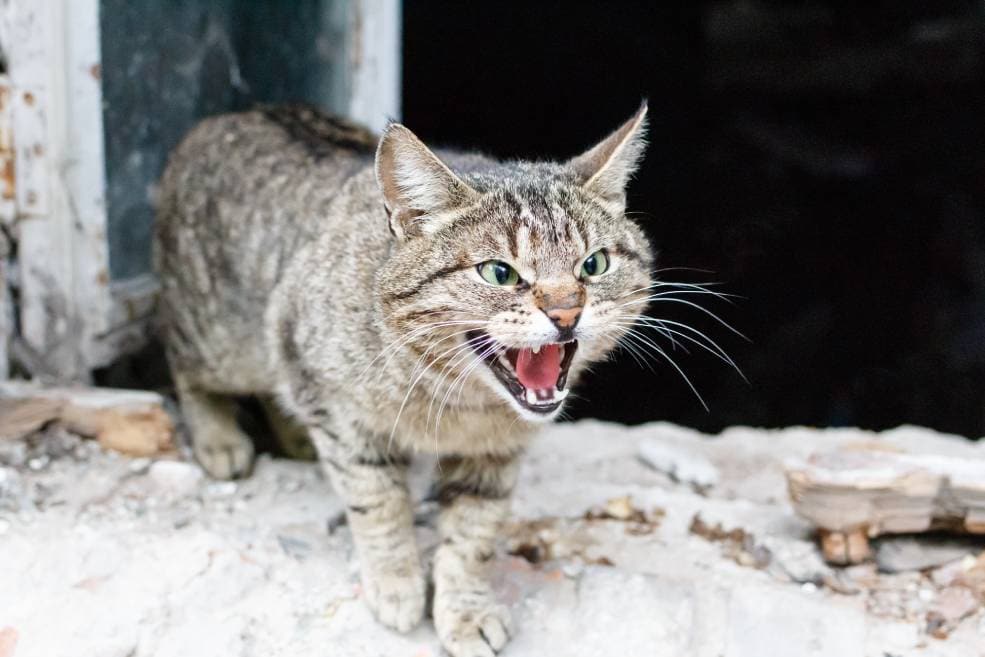
Cats are the number one pet in North America, yet they see their vets far less often than the average dog. Since cats don’t tend to get out that often (unless they are outdoor cats), it is difficult to get them accustomed to getting into their carrier.
As a cat owner, you are likely well-acquainted with just how stubborn your cat can be. When they don’t want to do something, convincing them to do it is practically a miracle. For some cat owners, this translates into a tough time when it comes to getting them into their carrier.
If you want to learn how to get an aggressive cat into a carrier, this is the article for you. We go through how to help your cat calm down and get them into their carrier with less anger and fewer scratches.
The 3 Tip on How to Get an Unwilling Cat Into a Carrier
1. Acclimation

If you don’t have the time to get your cat accustomed to the carrier, see Step 2 for how you can get your cat into their carrier, whether they want to go in or not. Be aware, though, that doing something like this to your cat can add exponential amounts of stress that can be damaging if they are already ill. It is always best to take the time and have the patience to try to acclimate them to their carrier before their next appointment.
Start by keeping your cat’s carrier out in a prominent spot in the home. Cats are intelligent creatures for the most part. If you only bring your cat carrier out when you need to, you will likely tip your cat off about what’s coming next. Instead, practice leaving it out for a while without doing anything negative with it.
One of the best methods for getting your cat acclimated to their carrier is to help them associate it with positive things. If you know that your cat has a veterinary appointment or a trip when they will need to be in their cat carrier, use the following steps to get them ready.
If you follow this process without ever having to force them into the carrier, your cat will associate the carrier with positive things. This way, when the time comes, you shouldn’t have to do much to coax the cat inside.
2. Getting Your Cat into Their Carrier

There is a chance that you might not convince your cat even after a couple of weeks of slow acclimation. If that is the case and you still need them to come with you on a trip or go to their vet appointment, you will need a different solution altogether.
The Purrito Technique
The Purrito Technique is recommended for aggressive cats that don’t like being in their carriers. This technique allows you to protect yourself from your cat’s claws and them from getting so worked up that they end up hurting themselves while you try to put them inside their carrier.
Even if the acclimation technique doesn’t work the first time, we suggest retrying it each time you need them to get into the carrier. This method is best for those times when you need to quickly get an aggressive cat into a carrier and don’t have the time to get them accustomed to it. Doing this too often, however, can end up backfiring over time, and they may come to hate it even more.
3. Keeping Your Cat Calm

Once the cat is in the carrier, you want to enact your plan of keeping your cat calm while they are inside the carrier. You don’t want them to end up hurting themselves by getting too anxious.
Tips to effectively keep your cat calm during the ride to the vet include:
If your cat has a deeply traumatizing memory involving a carrier, they might need more extreme methods to get them to remain calm. You might want to talk to your vet about a sedative to reduce their anxiety and make examinations easier.
You May Also Want to Read:
- Can You Put Your Cat In a Crate At Night? What You Need To Know!
- Can a Cat Be Crated During the Day? Vet-Reviewed Facts and Advice
Featured Image Credit: alenka2194, Shutterstock






